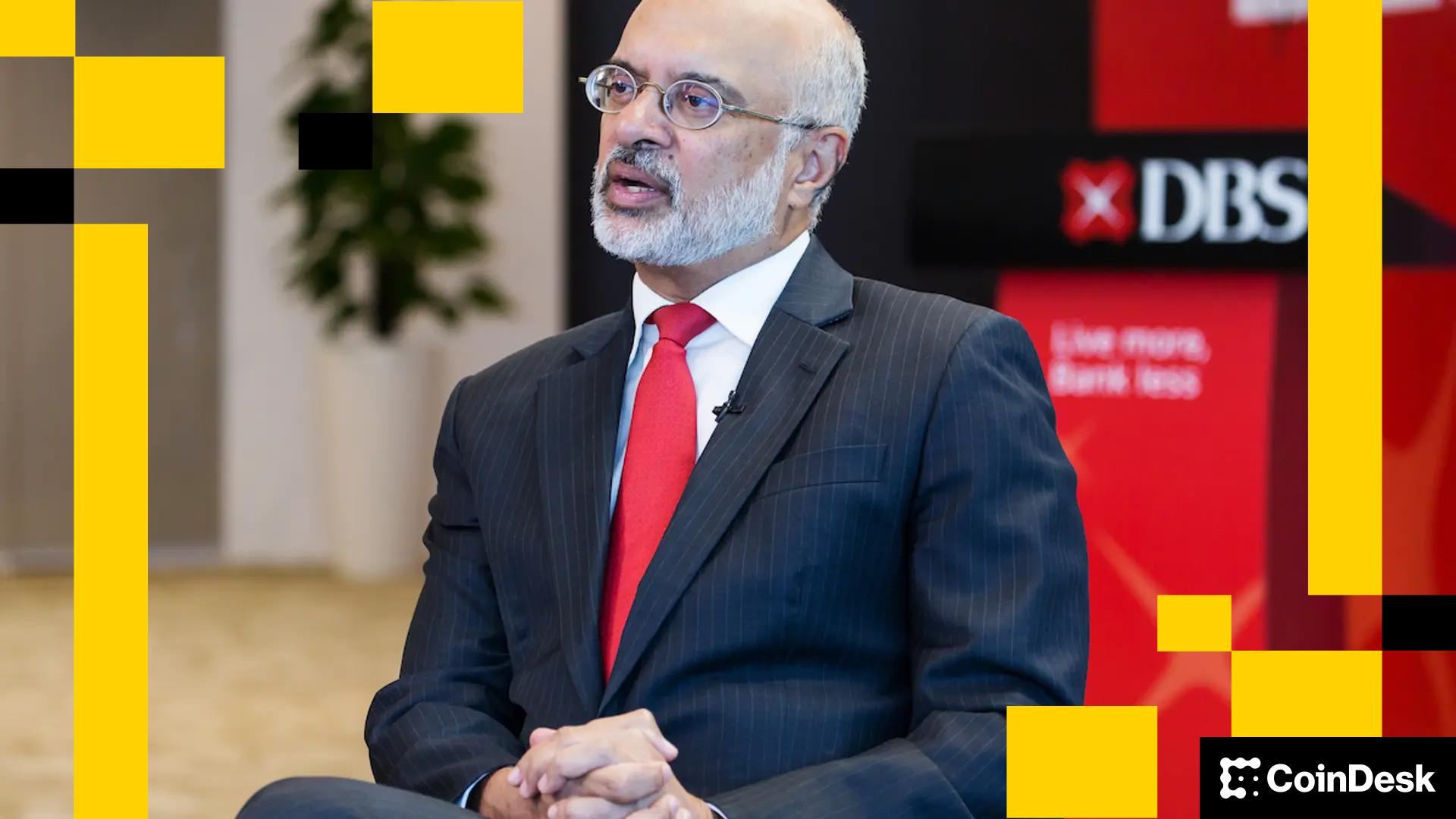Two of the world’s most prominent financial institutions, DBS and Goldman Sachs (GS), said they have executed the first-ever over-the-counter (OTC) cryptocurrency options transaction between banks, marking a major step towards the institutionalization of digital assets in Asia.
The transaction involved bitcoin settled in cash and ether options, allowing banks to hedge exposure related to crypto-related products, the companies said in an email. Such transactions reflect practices long common in traditional finance, offering structured and customizable risk management tools for institutional portfolios.
This milestone comes amid growing demand for digital asset derivatives. In the first half of 2025 alone, DBS clients executed more than $1 billion in crypto options and structured note trades, with volumes increasing by almost 60% between the first and second quarters, the bank said. Options give holders the right, but not the obligation, to transact in the underlying asset at a predetermined price for a specified period of time.
“Professional investors are looking for safe, reliable and well-managed platforms to build their digital asset portfolios,” said Jacky Tai, head of trading and structuring at the Singapore-based institution.
“Our exchange with Goldman Sachs demonstrates how platforms can now leverage banks’ strong credit ratings and structuring capabilities to integrate best practices from traditional finance into the digital asset ecosystem,” Tai said in the release.
Goldman Sachs, one of the first Wall Street firms to offer crypto derivatives to institutional clients, said the deal reflected a shift in market structure.
“This transaction signifies the development of an interbank market for cash-settled over-the-counter cryptocurrency options, an area where we expect continued growth as institutional investors become increasingly active,” said Max Minton, the bank’s head of digital assets for Asia Pacific.
The transaction highlights how regulated banks are working to bridge traditional financial markets and crypto markets through familiar tools such as options, swaps and structured notes. As more institutional players adopt such hedging mechanisms, the Asian digital asset landscape appears increasingly poised to reflect the risk and liquidity frameworks that define global capital markets.




